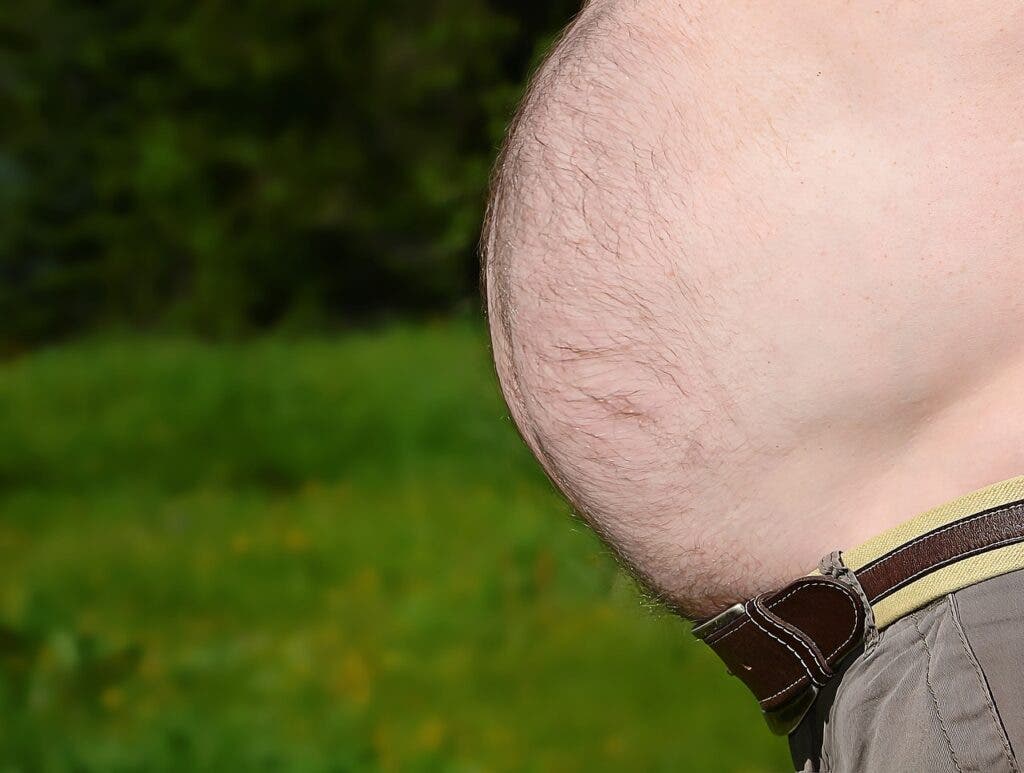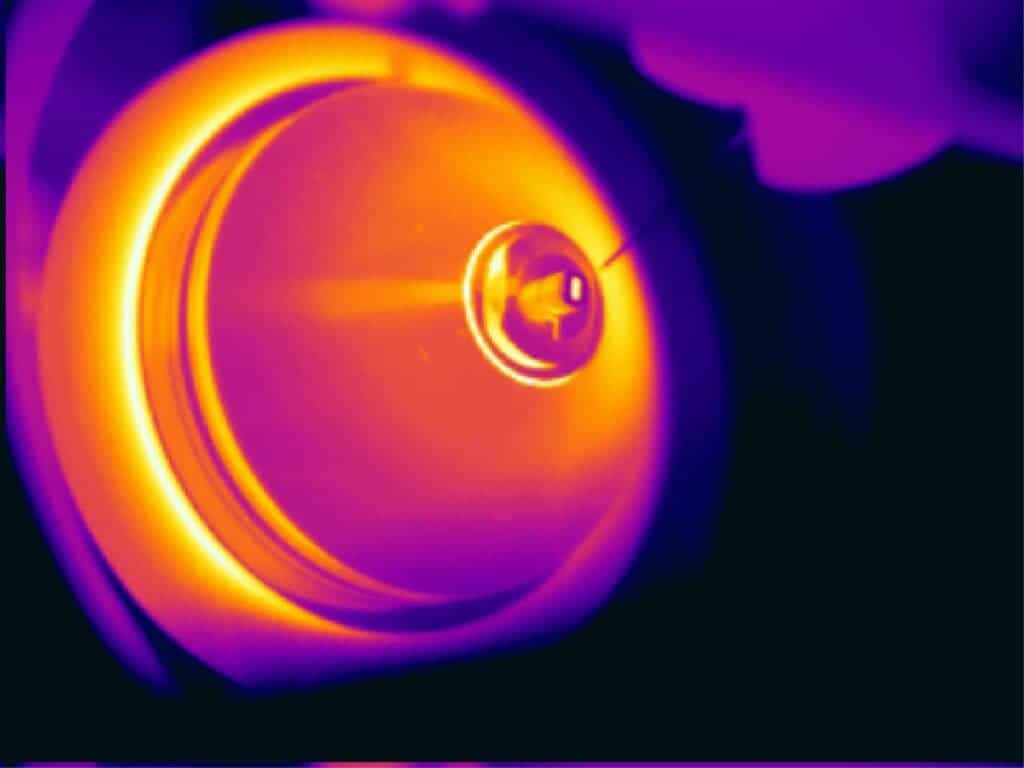
Studies show that fasting is one of the best ways to lose weight. However, visceral fat can be particularly stubborn to weight loss, even through fasting. A new study offers a few clues as to why this happens — and it’s all the body’s way of saying that it really is fond of all that belly fat.
Repeated fasting may prime belly fat to become more resistant
Researchers led by Dr. Mark Larance of the University of Sydney examined various types of fat tissue from different locations in the bodies of mice in order to understand their role during every-other-day fasting, where no food is ingested at all on alternate days.
When fasting, the body starts burning fat tissue rather than glucose from food. You’d think that all fat tissue is the same and location makes no difference, but as the researchers found this is simply not true — location does matter.
Using a mass spectrometer, the researchers examined more than 8,500 proteins located in fat deposits, which enabled them to catalogue changes occurring during fasting.

This investigation, known as proteomics — the study of all proteins — revealed the inner workings of fat tissue, alerting the researchers of major cellular alterations caused by intermittent fasting. It also showed that visceral and subcutaneous fat increased their ability to store energy as the body entered fasting. The body is basically compensating for the lost fat stores by rapidly rebuilding them before the next fasting period is triggered.
“Our data show both visceral and subcutaneous fat undergo dramatic changes during intermittent fasting,” said Dr. Larance, who is also a Cancer Institute of NSW Future Research Fellow.
According to the researchers a history of repeated fasting may trigger a preservation signal pathway in visceral fat that basically tells the body ‘I really need this fat so we must make it costly to lose it’.
Although the researchers used an animal model, the researchers are pretty confident that the results are analogous to humans as well. In any event, they plan on repeating this investigation in humans.
These findings, however, may not apply to different fasting regimes, such as 5:2 diets (fasting 2 days out of 7) or calorie restriction, the latter of which is most common among people seeking to lose weight.
This is why the researchers plan to do more research that may paint a more complete picture of fat storage dynamics and reveal what’s the most efficient diet for getting rid of stubborn belly fat.
“This sort of research has been enabled by these new instruments that allow us to ‘look beyond the streetlight’ – it’s hypothesis-generating; we knew we would find something but we didn’t know what,” Dr. Larance explained.
“Now that we’ve shown ‘belly fat’ in mice is resistant to this diet, the big question will be to answer why, and how do we best tackle it?”
The findings appeared in the journal Cell Reports.






